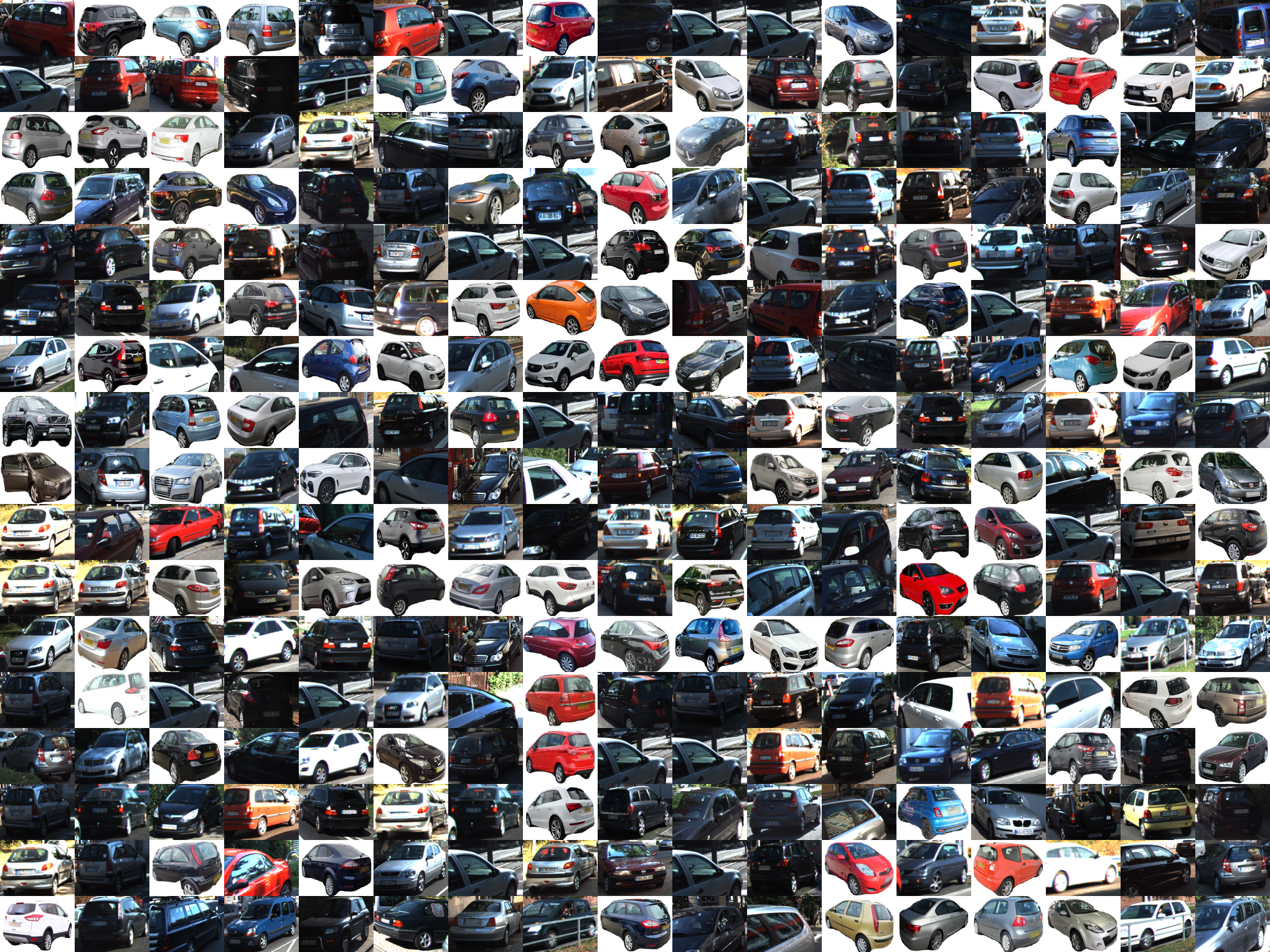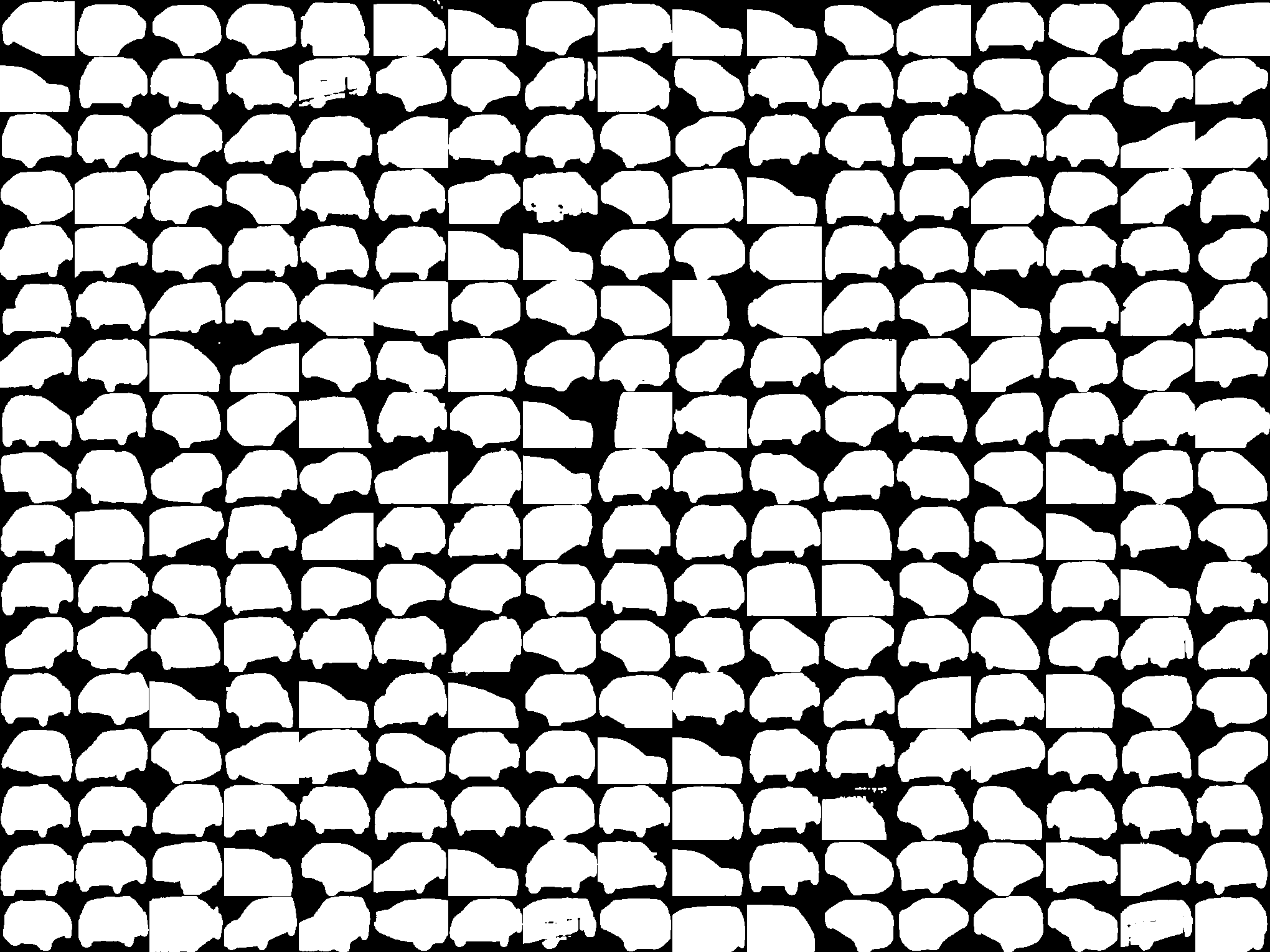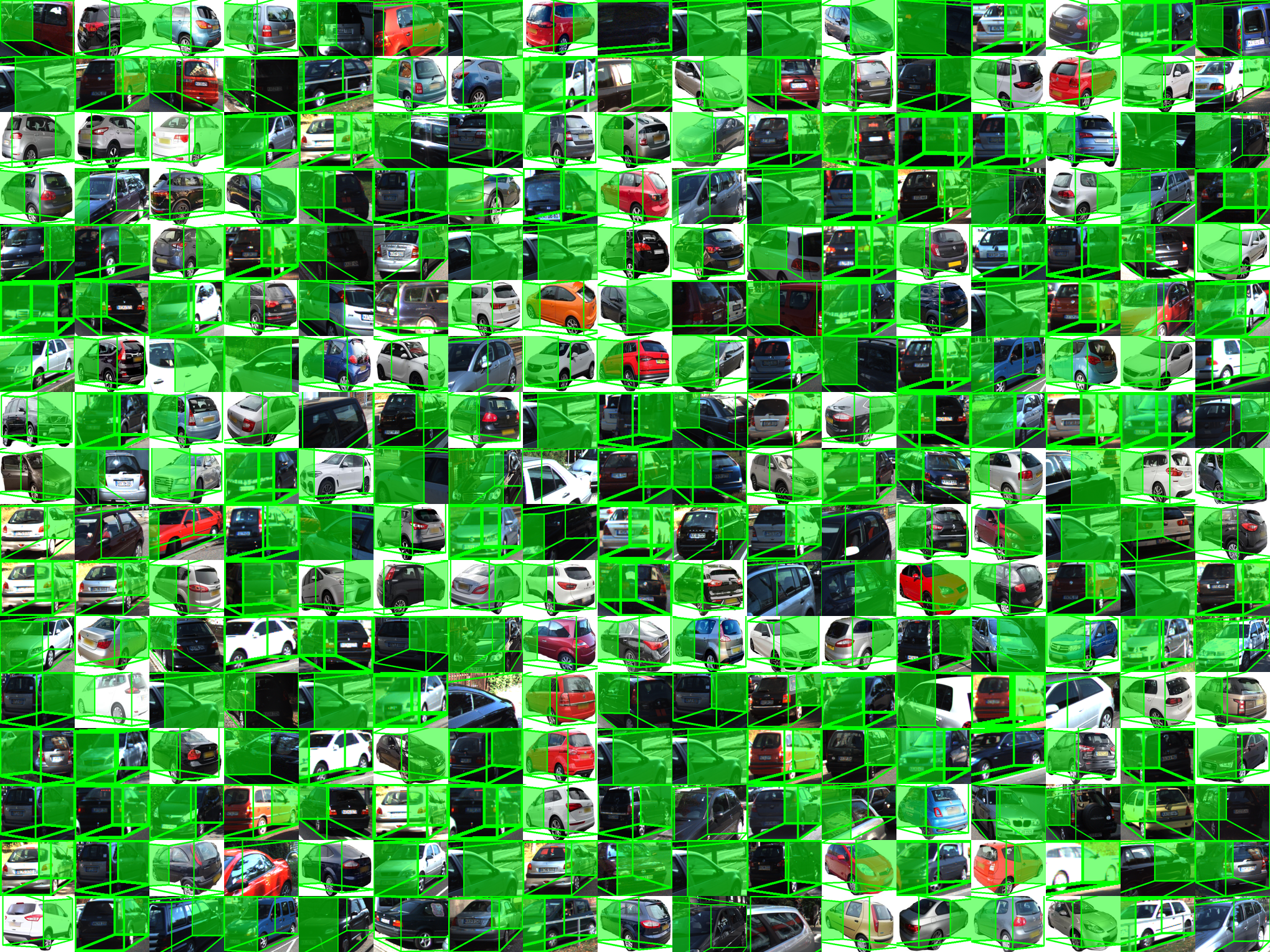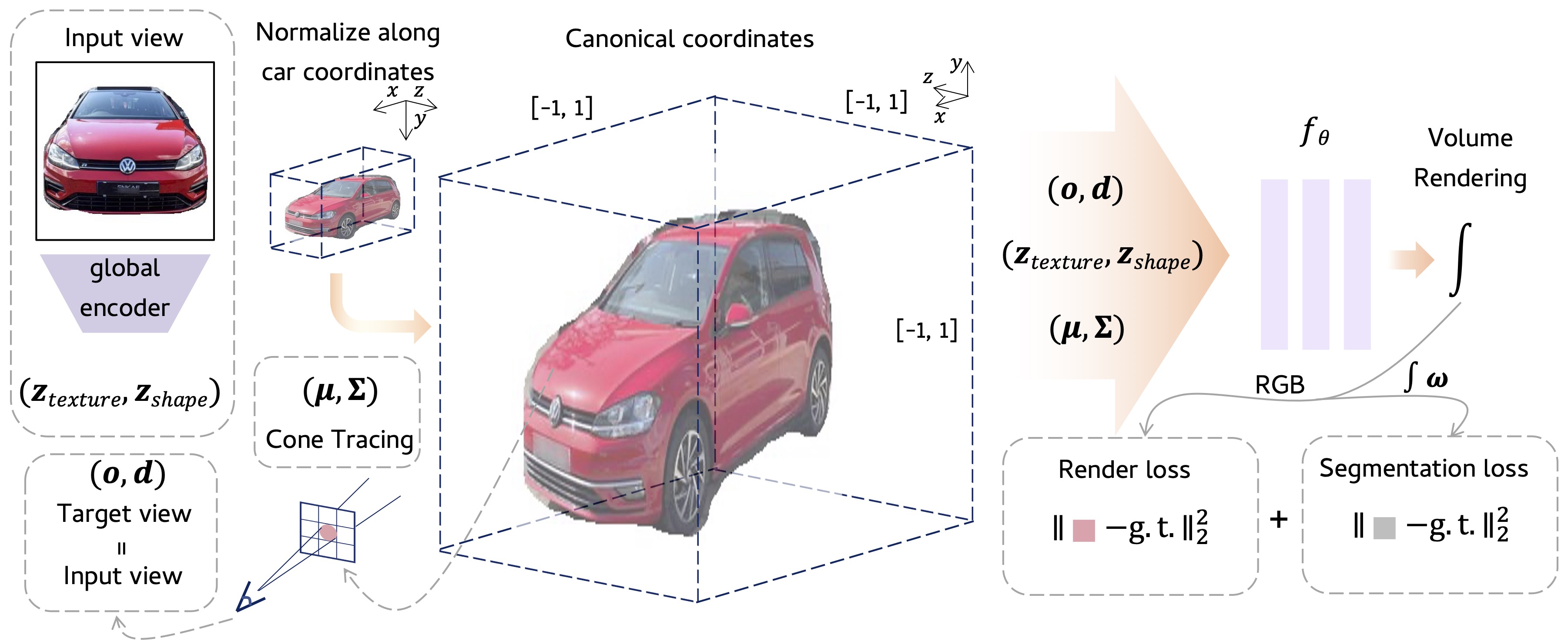JSON description file segment for the CarPatch3D dataset
{//path to the car patch file
"patch": "patch/km_0400000002_patch.png",
//path to the mask file
"mask": "mask/km_0400000002_mask.png",
//path to the scene image file
"image_file": "../kitti-mot/training/image_02/0004/000000.png",
//camera intrinsics
"fl_x": 721.5377, "fl_y": 721.5377, "cx": 609.5593, "cy": 172.854,
//camera extrinsics
"cam_tx": 44.85728, "cam_ty": 0.2163791, "cam_tz": 0.002745884,
//2D region of interest
"xmin": 805.735819, "xmax": 960.597684, "ymin": 161.72116, "ymax": 251.71257,
//3D dimensions of the car
"height": 1.649293, "width": 1.669751, "length": 3.639134,
//car pose
"obj_x": 5.751944, "obj_y": 1.457555, "obj_z": 15.096122, "yaw": -0.788125,
//shape of the scene image
"w": 1242, "h": 375
}










